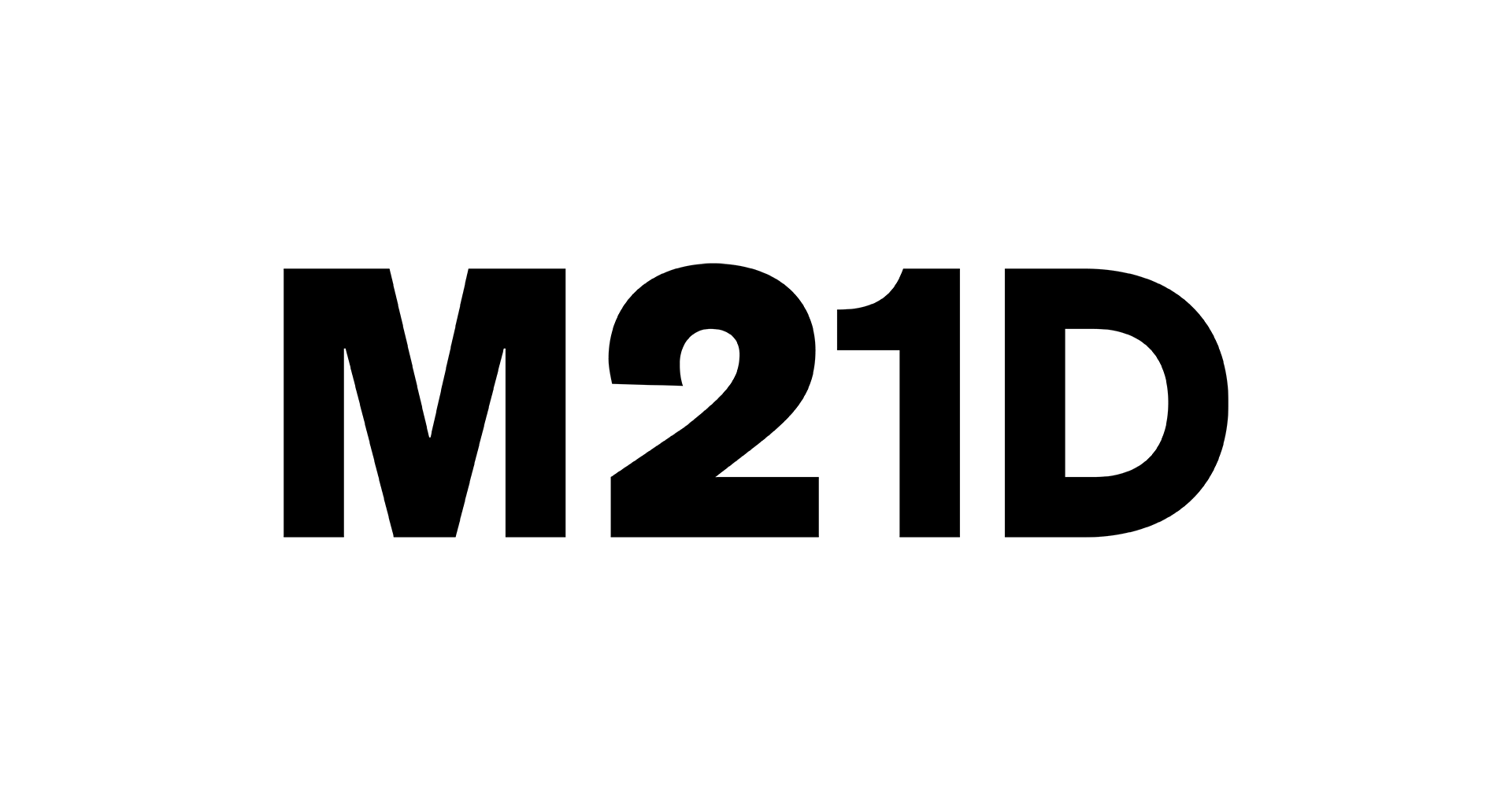Metrocable

Materials
Ongoing research
Labor
Ongoing research
Creators
Metro de Medellín, including engineers and social workers. Supported by the Municipality of Medellín
Uses
Ongoing research
Access
Ticket prices range from 300 - 5.200 Colombian Pesos, that's 0.06 - 1.12 Euro. Standard opening times for Line K: 4:30am - 11:00pm Monday - Saturday, 8:30am - 10:00pm Sunday. The total cost of the first line (Line K) was 24 million US dollars.
Equality
Ongoing research
Life cycle
The potential environmental impacts, which were considered in the planning stages, include benefits such as reducing emissions of greenhouse gases, and air quality has been improved.
Do you have something to add? Let us know! info@m21d.org
Transportation to Connect People and Places
In 2004, the Colombian city of Medellín became the first city in the world to fully integrate an aerial cable car into its public transit system. The project, named Metrocable, led by Metro de Medellín, was designed to connect isolated communities, that had suffered geographic and institutional neglect, with the city center.
Medellín sits nestled in the steep and narrow Aburrá Valley. As with many South American cities, it grew rapidly and informally. People who moved to the city often built their houses on the city periphery, which slowly crept up the steep hillsides that circumvented it. These hills are now fully-fledged neighborhoods, or barrios, with close-set houses, winding staircases, and narrow streets. When Colombia was facing a drug trafficking crisis, mass rural-urban migration, and economic decline, these hard-to-reach, low-income hillside communities were particularly vulnerable to violence.
Pervasive crime, heavy-handed policing, and a lack of public services eroded trust between residents and their government, making it difficult to build support among residents for any proposed municipal solutions. Metro de Medellín recognized the importance of social outreach early on. As part of initial social and environmental assessments, the organization worked to map out the social fabric of the most impacted communities. Local programming built around the project and the hiring of community members as construction workers and operations staff complemented this research.
Metrocable’s first line, Line K, connects some of the city's most physically challenging to reach and socially marginalized areas in northeastern Medellín with the urban center. Today, around 150,000 people use Metrocable daily, and the use of 1.7 million gallons of diesel fuel per year has been prevented. The cable car has also had the knock-on effects of reduced crime rates, increased access to education, reduction of daily travel times and the cost of commuting, and attracted new businesses, tourism, and investments to previously disconnected parts of the city.
The project and its associated public investments are widely attributed as the starting point of Medellín’s urban transformation. In fact, Metrocable was so successful in the eyes of the city that the government installed a giant escalator in another Medellín district for similar purposes in 2011. The project has been nominated for numerous international awards by members of the urban design community, and has inspired similar public transit initiatives in cities with similar topographies and socioeconomic dynamics, including Bogota and Manizales, Colombia; Rio de Janeiro and Santo Domingo, Brazil; and La Paz, Bolivia.
The Metrocable from the Perspectives of those who Use It
Public enthusiasm for the cable car appears to be strong, judging by the number of passengers that use it daily, but what do local residents think of the Metrocable? "The Metrocable means more security, fewer drugs, time and money-saving, economic advantages, more possibilities for young people, a meeting point, and the attempt to maintain the streets and houses," said Viviana, an inhabitant of Santo Domingo who lives near Line K. But this is only one response.
A small research group worked to understand the multiplicity of experiences in the community. You can see the variety of people, communities, and ideas in the online exhibition that resulted from that research.
The Metrocable and M21D
Metro de Medellín’s active engagement with impacted communities and the ultimate goal of creating a more equitable and environmentally friendly city make Metrocable a strong candidate for the M21D design collection. Additional study into its lasting local impacts is still needed. We’re currently collecting additional reviews by users and members of barrio communities.
Resources
Assessment of Mass Transit in Medellin, Colombia – A Case Study, Francisco Wilfred Kessler
Comuna 13 escaleras electrical, Atlast ObscuraThe Metrocables project examines the links between mobility, poverty reduction, social inclusion and urban integration, The Bartlett Planning Unit
Medellin wins Veronica Rudge Green Prize in Urban Design, Harvard University
Metrocable is a finalist for the WRI Ross Prize for Cities, Prize for Cities
The Metrocable: transport by urban cable car in Medellín, Center for Public Impact
